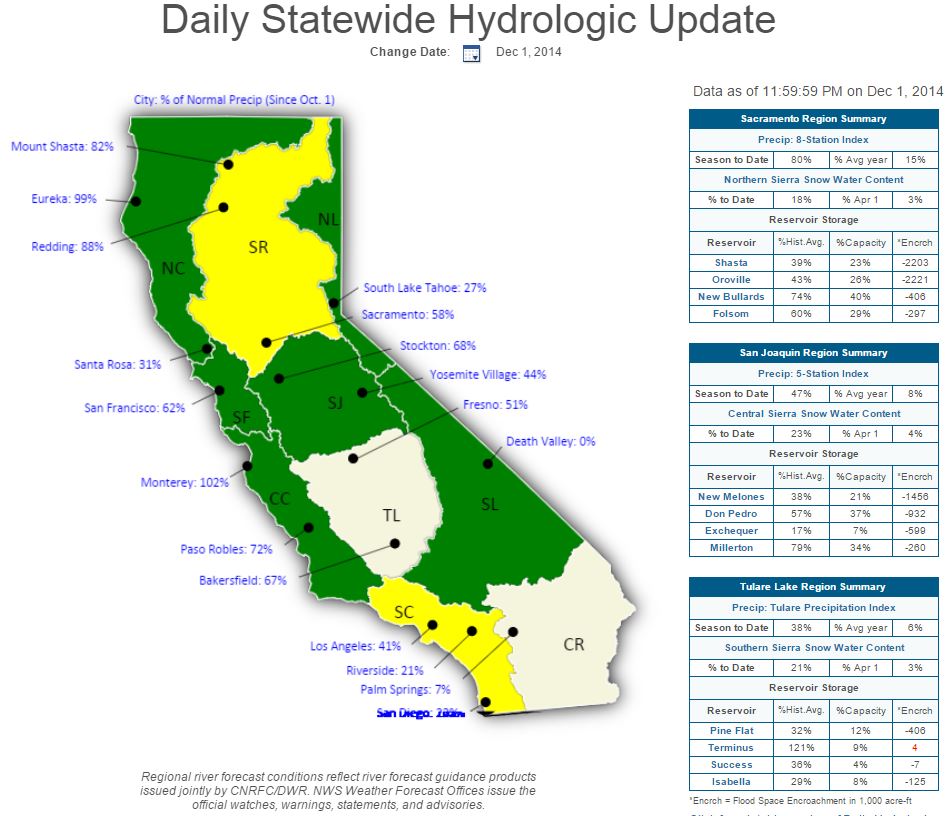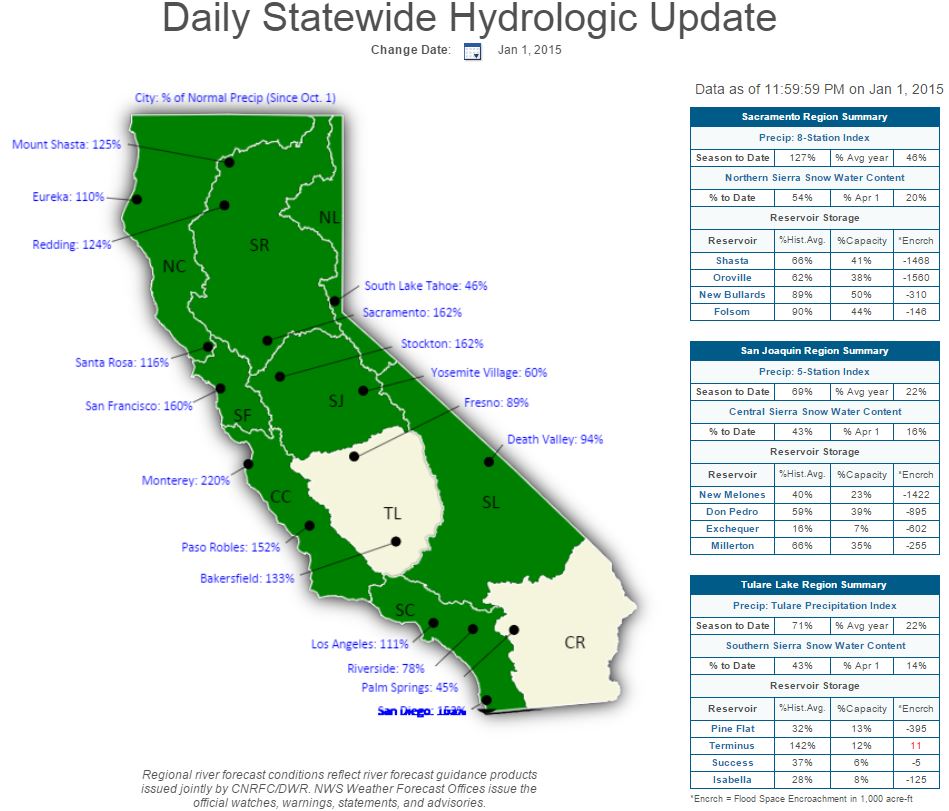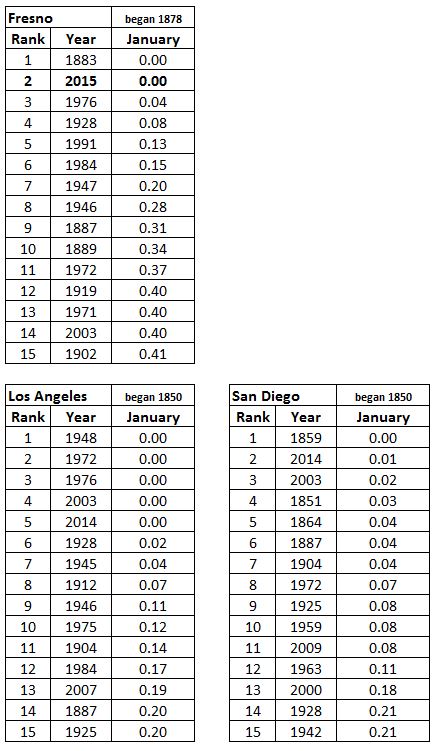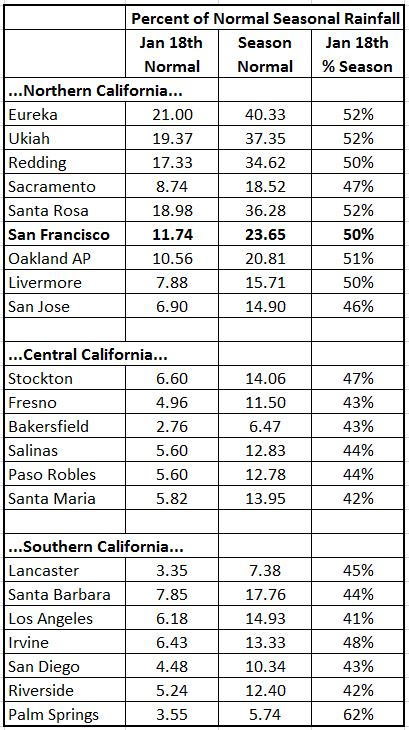February 5 commemorates the birthdate of John Jeffries (1744) as National Weatherpersons’ Day; a day that recognizes the contributions of meteorologists in the United States. Jeffries (1744-1819) was one of America's first weather observers, having begun to take daily weather observations in Boston in 1774 and took the first balloon weather observation in 1784.
Born in America, he trained as a physician in England and was the Surgeon General for British Forces in North America during the Revolutionary War. Historically he is best known in his era for the first balloon flight across the English Channel with Frenchman Jean Pierre Blanchard on January 7th 1785.







